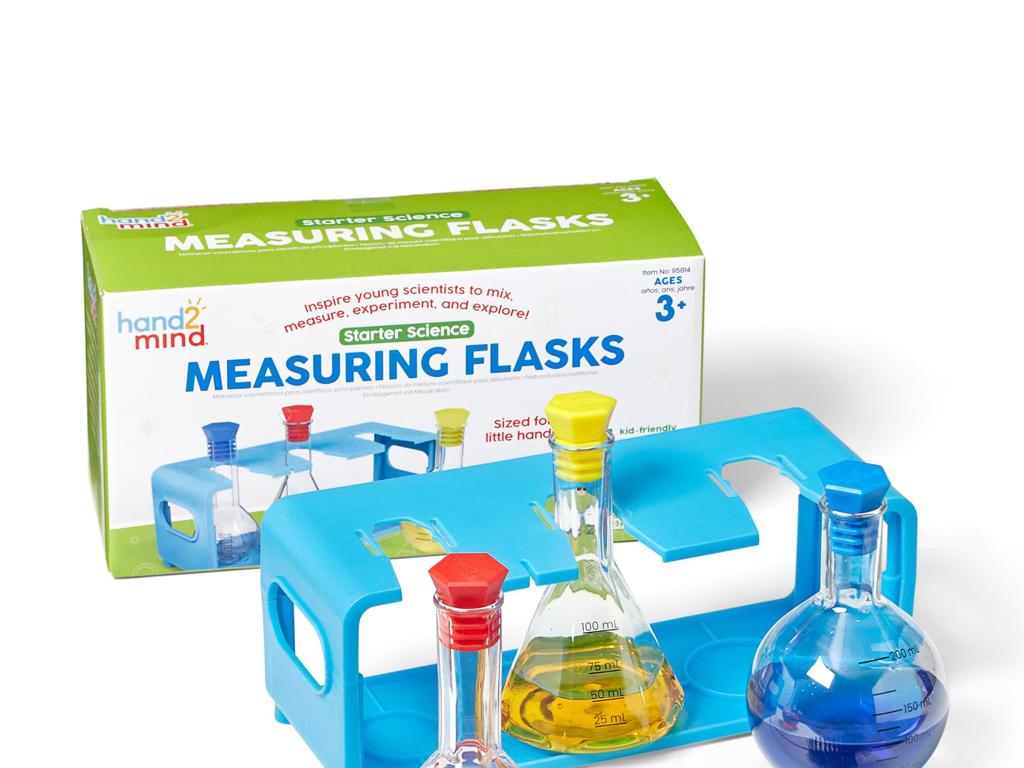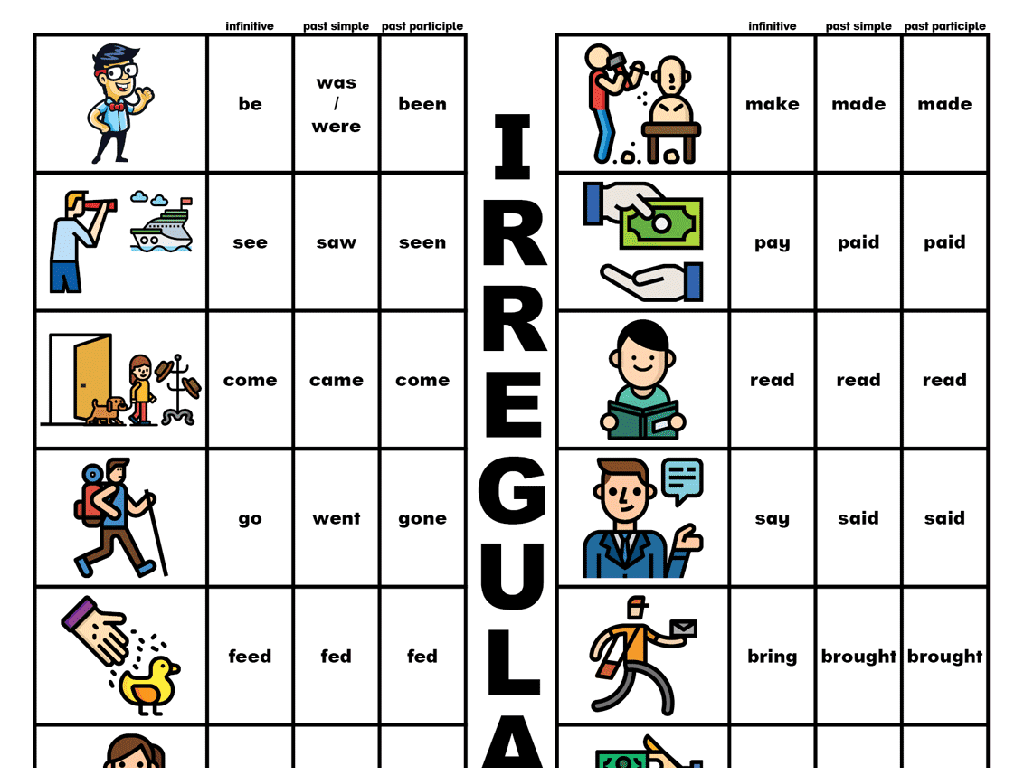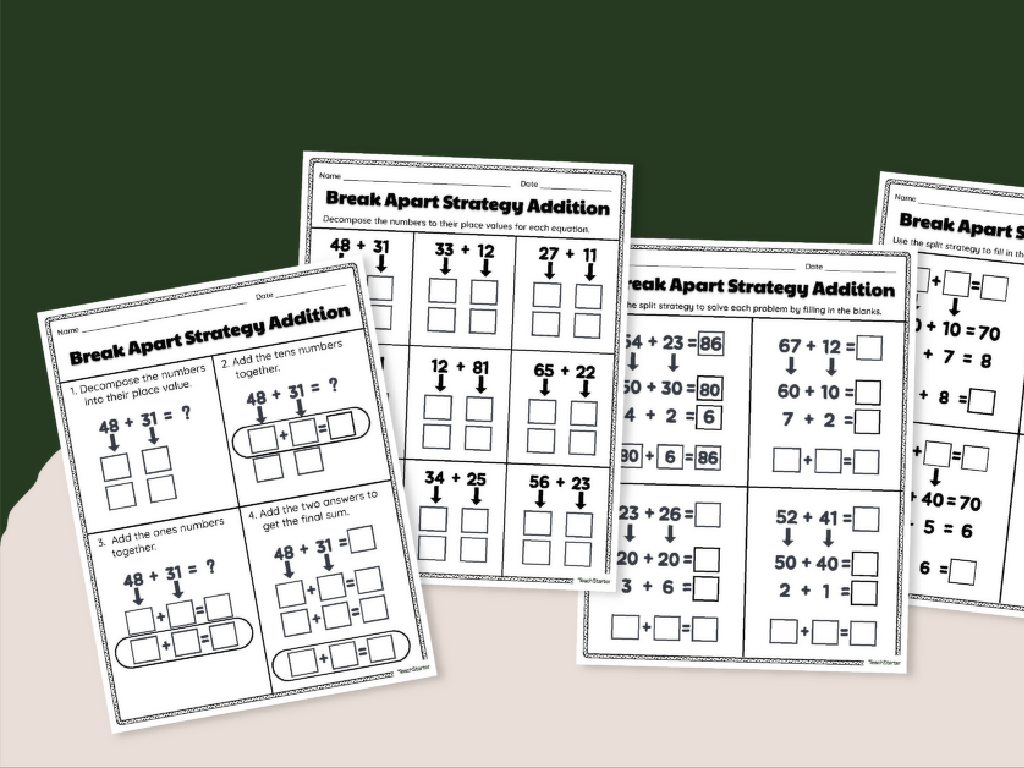Select Parts Of Rock Cycle Diagrams
Subject: Science
Grade: Eighth grade
Topic: Rocks
Please LOG IN to download the presentation. Access is available to registered users only.
View More Content
Exploring the Rock Cycle
– Earth’s crust and rock formation
– The crust is Earth’s outermost layer, where rocks form.
– The Rock Cycle explained
– A continuous series of processes that rocks undergo.
– Key parts of Rock Cycle diagrams
– Diagrams show rock transformation: igneous, sedimentary, metamorphic.
– Focus on today’s lesson
|
Begin the lesson by discussing the Earth’s crust and the formation of rocks, emphasizing the types of rocks and their origins. Introduce the Rock Cycle as a fundamental geological concept that explains how rocks are transformed over time through various geological processes. Use diagrams to illustrate the transitions between igneous, sedimentary, and metamorphic rocks, highlighting key parts such as melting, cooling, erosion, and compaction. Today’s lesson will focus on understanding these diagrams and the processes they represent. Encourage students to ask questions and think about how the rock cycle is a model that helps us understand the dynamic nature of our planet.
Types of Rocks: A Journey Through the Rock Cycle
– Igneous Rocks: Earth’s fiery creators
– Formed from cooled magma or lava, e.g., basalt, granite
– Sedimentary Rocks: Time’s storytellers
– Created by accumulation of sediments, e.g., sandstone, limestone
– Metamorphic Rocks: Alchemists of heat and pressure
– Arise from transformation under extreme conditions, e.g., slate, marble
|
This slide introduces students to the three main types of rocks and their formation processes, which are part of the rock cycle. Igneous rocks form from the solidification of magma or lava, exemplified by basalt and granite. Sedimentary rocks result from the compaction of sediments over time, with common examples including sandstone and limestone. Metamorphic rocks are created when existing rocks are subjected to intense heat and pressure, leading to physical and chemical changes, as seen in slate and marble. Encourage students to think about how these processes are continuous and interconnected, shaping the Earth’s crust over millions of years.
The Rock Cycle: Earth’s Geological Recycling
– Rocks’ continuous journey
– Key processes: melting, cooling, and more
– Melting into magma, cooling into igneous, erosion into sediment, compaction into sedimentary, and heat & pressure into metamorphic.
– Transformation between rock types
– Igneous turns sedimentary, sedimentary to metamorphic, and metamorphic to igneous.
– The cycle’s role in Earth’s structure
|
This slide introduces the concept of the rock cycle, emphasizing its continuous nature and the processes involved. Students should understand that rocks don’t stay the same; they are constantly being recycled. Highlight the key processes such as melting, which leads to magma formation; cooling, which results in igneous rocks; erosion, which breaks rocks into sediment; compaction, which forms sedimentary rocks; and metamorphism, which changes existing rocks under heat and pressure into metamorphic rocks. Explain how each rock type can transform into another, illustrating the interconnectedness of Earth’s materials. Use diagrams to visualize the cycle and encourage students to think of the rock cycle as Earth’s way of recycling and reshaping its surface over time.
Igneous Rocks Formation
– Igneous rocks from magma cooling
– Magma cools and solidifies to form igneous rocks
– Granite and Basalt as examples
– Granite forms slowly inside Earth, Basalt forms quickly on the surface
– Characteristics of igneous rocks
– Look for interlocking crystals and a glassy texture
– Importance in the rock cycle
|
This slide introduces the formation of igneous rocks, a fundamental concept in the rock cycle. Igneous rocks form from the cooling and solidification of magma. Two primary examples are granite and basalt, which differ in their formation environment and cooling rates. Granite, with its larger crystals, cools slowly beneath the Earth’s surface, while basalt, with smaller crystals, cools quickly on the surface after a volcanic eruption. Key identifying characteristics of igneous rocks include the presence of interlocking crystals and a glassy texture. Understanding these features helps students to identify and classify igneous rocks, providing insight into the geological processes that shape our planet. Encourage students to bring rock samples if possible and use a magnifying glass to observe the textures and crystal sizes.
Sedimentary Rocks Formation
– Sediment deposition process
– Sediments settle out of water or air
– Lithification transforms layers
– Compaction and cementation over time
– Examples: Sandstone, Limestone
– Common sedimentary rocks formed from sand and calcite
– Fossils found in sedimentary rocks
– Remains of ancient life preserved in rock layers
|
This slide introduces students to the formation of sedimentary rocks, a key part of the rock cycle. Begin by explaining how sediment deposition occurs when particles settle from water or air, forming layers. Over time, these layers undergo lithification, which includes compaction and cementation, turning them into solid rock. Use sandstone and limestone as tangible examples of sedimentary rocks, highlighting their composition from sand and calcite, respectively. Discuss the significance of fossils, which are often found within sedimentary rocks, providing a snapshot of Earth’s biological history. Encourage students to think about the environments where sedimentary rocks might form and how fossils can tell us about past environments.
Metamorphic Rocks Formation
– Agents: Heat and Pressure
– Intense heat and pressure deep within Earth alter existing rocks.
– Examples: Slate and Marble
– Slate forms from shale, marble from limestone.
– Texture changes in metamorphism
– Grains may grow larger or become foliated.
– Mineral composition transformation
– New minerals can form, changing the rock’s composition.
|
This slide introduces students to the formation of metamorphic rocks, emphasizing the roles of heat and pressure as the main agents of metamorphism. Use examples like slate, which originates from shale, and marble, which comes from limestone, to illustrate the transformation. Discuss how the texture of rocks can change during metamorphism, such as the size of the grains and the development of layers or foliation. Explain that the mineral composition of the original rock can also change due to the heat and pressure, resulting in new minerals and altering the overall composition of the rock. Encourage students to think about the immense forces required to transform rocks in this way and relate it to plate tectonics and mountain-building processes.
Rock Cycle Diagram Analysis
– Key parts of the rock cycle
– Identify igneous, sedimentary, and metamorphic rocks and their transformations.
– Effects of weathering, erosion, deposition
– Understand how weathering breaks rocks, erosion moves them, and deposition forms layers.
– Reading a rock cycle diagram
– Learn to trace the path of a rock through the cycle and the processes it undergoes.
|
This slide aims to help students understand the rock cycle by identifying the key parts of the cycle, including the three main rock types: igneous, sedimentary, and metamorphic. Emphasize the role of weathering, erosion, and deposition in shaping the earth’s crust and forming sedimentary rocks. Teach students how to read a rock cycle diagram by following the arrows that indicate the processes that lead to the formation of each rock type. Encourage them to consider the time scale of these processes and the fact that the rock cycle is a continuous and dynamic system. Provide examples of each rock type and the conditions under which they form to solidify understanding.
Class Activity: Rock Cycle Journey
– Become a Rock Traveler
– Gather materials: Diagram & Markers
– Trace your path on the diagram
– Follow the rock cycle steps, marking each stage you ‘visit’
– Record your journey in the log
– Write observations and processes at each stage
|
In this interactive class activity, students will engage with the rock cycle by assuming the role of a rock traveling through the cycle. Provide each student with a rock cycle diagram and markers. They will trace their path along the diagram, simulating the journey of a rock as it undergoes various transformations. Students should use different colors for each type of process (e.g., blue for weathering/erosion, red for melting, green for sedimentation). As they trace their path, they should document their ‘journey’ in a Journey Log, noting the processes they ‘experience’ and the types of rocks they become at each stage. This hands-on activity will help students understand the dynamic nature of the rock cycle and the factors that contribute to the transformation of rocks. Encourage creativity and ensure they understand that a rock’s journey is not linear but can start and end at any point in the cycle.
Rock Cycle Recap & Q&A
– Summarize the rock cycle stages
– Remember: Igneous, Sedimentary, Metamorphic
– Discuss key lesson takeaways
– Importance of each stage in Earth’s geology
– Engage in Q&A session
– Ask questions about the rock cycle
– Clarify any doubts
– Let’s resolve any uncertainties together
|
This slide aims to wrap up the lesson by summarizing the stages of the rock cycle, emphasizing the transformation of rocks from one type to another. Highlight the importance of each stage in shaping the Earth’s geology. Encourage students to ask questions they may have about the rock cycle to clarify their understanding. Address any doubts or curiosities the students have, ensuring they leave the class with a solid grasp of the material covered. Prepare to provide examples or further explanations if needed to ensure all students are on the same page.


/human_history_cities_empires.jpg)


